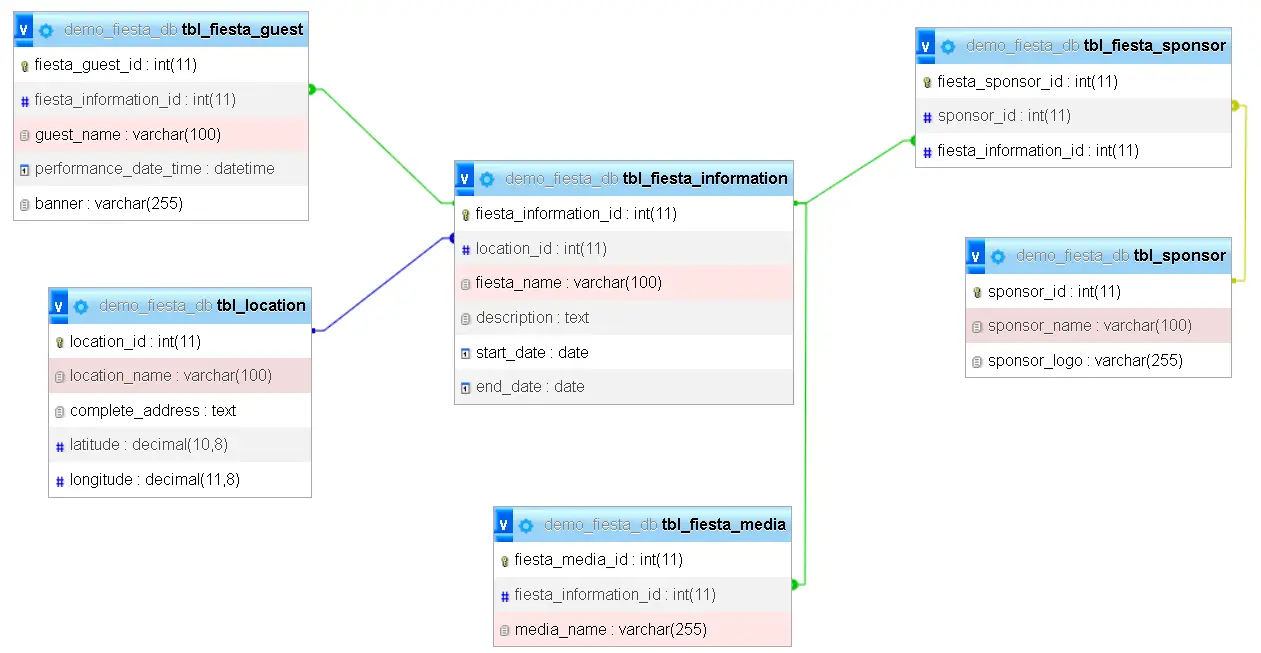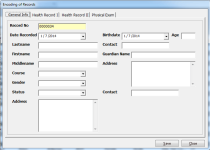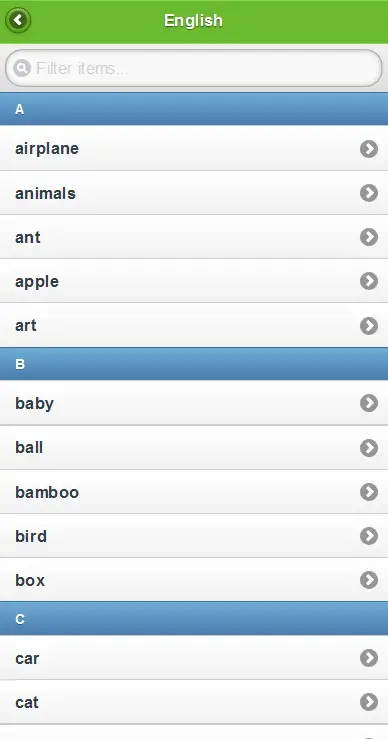Fiesta Information System Database Design
Introduction
Table of Contents
A Fiesta Information System is a digital solution designed to manage and organize all aspects of a fiesta or festival. It helps event organizers efficiently handle critical data like event schedules, sponsors, guest performances, media assets, and venue locations. By providing a centralized system, it simplifies the coordination and tracking of all fiesta-related activities.
The purpose of a Fiesta Information System is to ensure smooth operations by keeping all key information in one accessible place. Whether you’re planning a local community celebration or a large-scale cultural event, this system enables better organization and communication.
A well-designed database is essential for managing fiesta-related data. With proper database design, you can easily store, retrieve, and update information about various aspects of the fiesta. This reduces manual effort, avoids data duplication, and ensures accuracy, making it easier for organizers to focus on delivering a memorable event.
Some key functionalities of a Fiesta Information System include:
- Event schedules: Track dates, times, and locations of various fiesta activities.
- Sponsors: Manage sponsor information and their contributions.
- Media: Store and organize images, videos, and other media assets.
- Guests: Keep track of special guests and their performance schedules.
- Locations: Manage venues and their details, including addresses and capacities.
By implementing a Fiesta Information System, event organizers can streamline their processes, ensuring efficient management of every aspect of the fiesta.
Understanding Requirements
When building a Fiesta Information System, it’s crucial to identify the core entities that make up the system. These entities represent the key data points that need to be tracked and managed throughout the fiesta planning process. Here’s an overview of the essential components:
- Fiesta Information:
- This entity holds all the details about the fiesta, such as the name of the event, description, and important dates like the start and end dates. This data provides a clear overview of what the fiesta entails.
- Sponsors:
- Sponsors are the companies or individuals that support the fiesta, often providing funding or resources. Keeping track of sponsor information helps organizers manage partnerships effectively. One sponsor can be linked to multiple fiestas, depending on the event scope.
- Locations:
- Locations are the venues where fiesta activities take place. Each location includes important details like the venue name, address, and potentially coordinates (latitude and longitude). A well-organized location database ensures all fiesta events are scheduled at the correct venues.
- Guests:
- Guests refer to performers, speakers, or other special attendees involved in the fiesta. It’s important to keep track of their names, performance schedules, and any relevant promotional details. Managing guest information ensures smooth scheduling and communication during the event.
- Media:
- Media represents the photos, videos, and other media assets related to the fiesta. These assets can be used for marketing, social media promotion, or post-event analysis. Multiple media files can be associated with a single fiesta.
Understanding Relationships Between Entities
In a Fiesta Information System, there are various relationships between these entities:
- Sponsors can support multiple fiestas, making it a one-to-many relationship.
- Each fiesta can have multiple media files, such as photos and videos.
- Guests are linked to specific fiesta events, with some guests possibly attending multiple events.
Understanding these relationships helps create a well-structured database that ensures all the necessary information is captured and easily accessible when needed.

Table Structure Explanation
- tbl_location
This table stores information about the various locations where fiesta events take place.
- location_id: The primary key that uniquely identifies each location.
- location_name: The name of the location (e.g., Plaza, Park).
- complete_address: The full address of the location.
- latitude: The latitude coordinate for precise location mapping.
- longitude: The longitude coordinate for precise location mapping.
- tbl_fiesta_information
This table holds detailed information about each fiesta event.
- fiesta_information_id: The primary key that uniquely identifies each fiesta.
- location_id: A foreign key that links to tbl_location, identifying where the fiesta is held.
- fiesta_name: The name of the fiesta (e.g., Annual Town Fiesta).
- description: A brief description of the fiesta.
- start_date: The start date of the fiesta.
- end_date: The end date of the fiesta.
- tbl_sponsor
This table contains information about the sponsors supporting the fiesta.
- sponsor_id: The primary key that uniquely identifies each sponsor.
- sponsor_name: The name of the sponsor (e.g., Company or Individual).
- sponsor_logo: The logo of the sponsor (stored as a file path or URL).
- tbl_fiesta_sponsor
This is a junction table that links sponsors to specific fiesta events, allowing for a many-to-many relationship.
- fiesta_sponsor_id: The primary key for this table.
- sponsor_id: A foreign key that links to tbl_sponsor, identifying the sponsor.
- fiesta_information_id: A foreign key that links to tbl_fiesta_information, identifying the fiesta.
- tbl_fiesta_media
This table stores media files associated with each fiesta, such as photos or videos.
- fiesta_media_id: The primary key that uniquely identifies each media item.
- fiesta_information_id: The foreign key that points to the fiesta information.
- media_name: The name or file path of the media (e.g., photo.jpg or video.mp4).
- tbl_fiesta_guest
This table manages the information about guests or performers at the fiesta.
- fiesta_guest_id: The primary key that uniquely identifies each guest.
- fiesta_information_id: A foreign key that links to tbl_fiesta_information, identifying which fiesta the guest is associated with.
- guest_name: The name of the guest or performer.
- performance_date_time: The date and time when the guest will perform.
- banner: A promotional banner or image for the guest (stored as a file path or URL).
Summary:
- tbl_location holds location details.
- tbl_fiesta_information manages the fiesta event details.
- tbl_sponsor contains sponsor information.
- tbl_fiesta_sponsor connects sponsors to fiesta events.
- tbl_fiesta_media stores media assets for each fiesta.
- tbl_fiesta_guest tracks guests and their performance schedules.
This structure ensures data is organized and relational, making it easier to manage all aspects of a fiesta event.
SQL Script for Creating the Database
-- Create tbl_location CREATE TABLE tbl_location ( location_id INT AUTO_INCREMENT PRIMARY KEY, location_name VARCHAR(100) NOT NULL, complete_address TEXT NOT NULL, latitude DECIMAL(10, 8) NOT NULL, longitude DECIMAL(11, 8) NOT NULL ); -- Create tbl_fiesta_information CREATE TABLE tbl_fiesta_information ( fiesta_information_id INT AUTO_INCREMENT PRIMARY KEY, location_id INT NOT NULL, fiesta_name VARCHAR(100) NOT NULL, description TEXT, start_date DATE NOT NULL, end_date DATE NOT NULL, FOREIGN KEY (location_id) REFERENCES tbl_location(location_id) ON DELETE CASCADE ); -- Create tbl_sponsor CREATE TABLE tbl_sponsor ( sponsor_id INT AUTO_INCREMENT PRIMARY KEY, sponsor_name VARCHAR(100) NOT NULL, sponsor_logo VARCHAR(255) ); -- Create tbl_fiesta_sponsor (junction table) CREATE TABLE tbl_fiesta_sponsor ( fiesta_sponsor_id INT AUTO_INCREMENT PRIMARY KEY, sponsor_id INT NOT NULL, fiesta_information_id INT NOT NULL, FOREIGN KEY (sponsor_id) REFERENCES tbl_sponsor(sponsor_id) ON DELETE CASCADE, FOREIGN KEY (fiesta_information_id) REFERENCES tbl_fiesta_information(fiesta_information_id) ON DELETE CASCADE ); -- Create tbl_fiesta_media CREATE TABLE tbl_fiesta_media ( fiesta_media_id INT AUTO_INCREMENT PRIMARY KEY, fiesta_information_id INT NOT NULL, media_name VARCHAR(255) NOT NULL, FOREIGN KEY (fiesta_information_id) REFERENCES tbl_fiesta_information(fiesta_information_id) ON DELETE CASCADE ); -- Create tbl_fiesta_guest CREATE TABLE tbl_fiesta_guest ( fiesta_guest_id INT AUTO_INCREMENT PRIMARY KEY, fiesta_information_id INT NOT NULL, guest_name VARCHAR(100) NOT NULL, performance_date_time DATETIME NOT NULL, banner VARCHAR(255), FOREIGN KEY (fiesta_information_id) REFERENCES tbl_fiesta_information(fiesta_information_id) ON DELETE CASCADE );
Explanation:
- Primary Keys: Each table has a primary key (AUTO_INCREMENT) to uniquely identify each record.
- Foreign Keys: Relationships are enforced between tables using FOREIGN KEY constraints.
- tbl_fiesta_information references tbl_location for the venue.
- tbl_fiesta_sponsor connects tbl_sponsor and tbl_fiesta_information to link sponsors with events.
- tbl_fiesta_guest references tbl_fiesta_information to link guests with specific fiesta events.
- Data Types: Appropriate data types like VARCHAR, TEXT, DATE, DATETIME, and DECIMAL are used to store various information.
This script ensures a relational database structure for organizing fiesta information efficiently.
Conclusion
In this tutorial, we walked through the design of a database for a Fiesta Information System. We outlined the core entities involved—such as fiesta events, locations, sponsors, media, and guests—and mapped their relationships using well-structured tables. Each table serves a specific function, ensuring that data related to fiestas is organized, accessible, and easy to manage.
This design efficiently manages complex relationships, allowing for better tracking of event schedules, sponsor involvement, media assets, and guest appearances. By normalizing the data, the system can easily handle multiple fiestas and the associated details without redundancy or confusion.
As a next step, the focus can shift towards developing a frontend or admin panel. This will make it easier for users and administrators to interact with the database, such as adding new fiesta events, uploading media, or managing sponsors—all while keeping the data organized and user-friendly.
Readers are also interested in:
You may visit our Facebook page for more information, inquiries, and comments. Please subscribe also to our YouTube Channel to receive free capstone projects resources and computer programming tutorials.
Hire our team to do the project.


